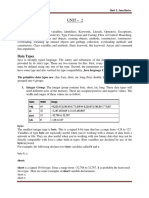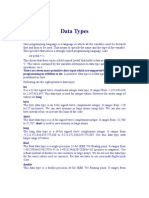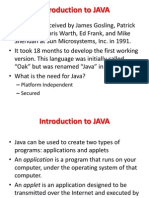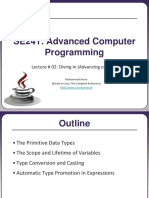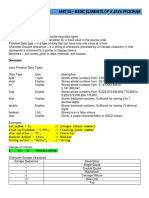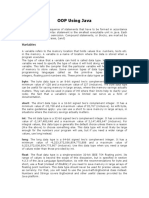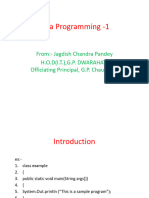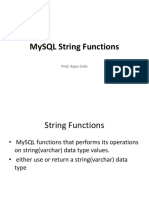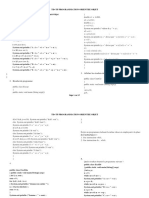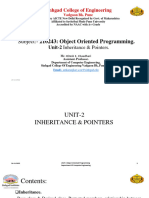0% found this document useful (0 votes)
82 views18 pages3 - Data Types
Java is a strongly typed language with 8 primitive data types - 4 integer, 2 floating point, char, and boolean. The most commonly used types are int and double. Variables must be declared with a type before use and initialized before assignment. There are also conventions for writing numeric literals like underscores for readability.
Uploaded by
Tanaka MajCopyright
© © All Rights Reserved
We take content rights seriously. If you suspect this is your content, claim it here.
Available Formats
Download as PDF, TXT or read online on Scribd
0% found this document useful (0 votes)
82 views18 pages3 - Data Types
Java is a strongly typed language with 8 primitive data types - 4 integer, 2 floating point, char, and boolean. The most commonly used types are int and double. Variables must be declared with a type before use and initialized before assignment. There are also conventions for writing numeric literals like underscores for readability.
Uploaded by
Tanaka MajCopyright
© © All Rights Reserved
We take content rights seriously. If you suspect this is your content, claim it here.
Available Formats
Download as PDF, TXT or read online on Scribd
/ 18




